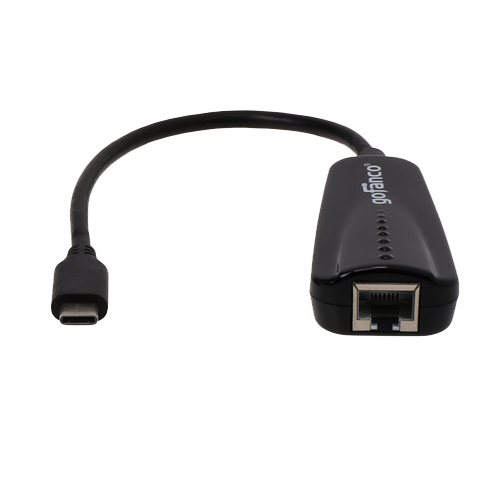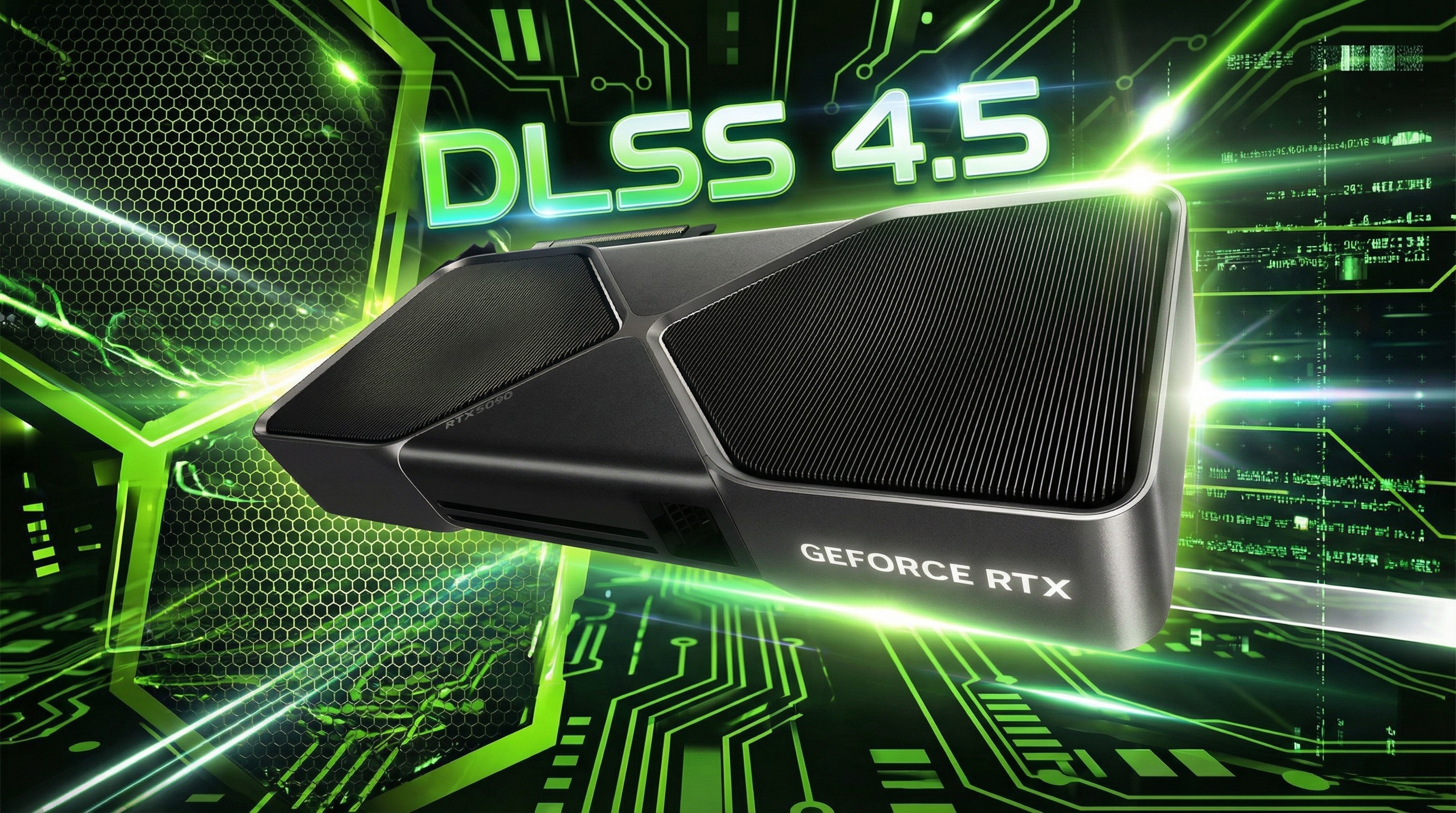How to connect to Ethernet on a laptop without a dedicated port
You can get online with a stable, wired Ethernet connection using a USB Type-C or Thunderbolt adapter.

Buying a shiny new laptop that does everything you need it to while keeping its form factor portable and attractive to the eye is a challenge. Keeping the size small means you'll be losing a DVD drive (which no one really uses anymore, right?) as well as some ports, including the trusty Ethernet jack. But what if you want to hook up to a wired connection for internet access? Here's how you can make use of an adapter to enjoy a reliable experience.
Wi-Fi has come a long way, but it's still not perfect and there are times when there are no wireless access points available. This is where an Ethernet to USB Type-C or Thunderbolt adapter can really make the difference between remaining connected to the outside world and going dark. Should you have a limited number of ports on a laptop, an adapter is a logical and affordable choice. There are a bunch of different types of adapter that do different things.
The ones we're interested in are the Ethernet to USB Type-C and Ethernet to Thunderbolt converters, which do exactly what the names imply. They both take data received from the outside world and pass it through the USB or Thunderbolt port by converting the connection type in the process. Not all adapters are compatible with both USB 3 and Thunderbolt, so be sure to double check before you buy.
All you need to do is plug the adapter in and you're good to go; there are no settings to change or software to install on Windows 10. There are plenty of options for adapters, but we recommend the following one.
Gofanco USB Type-C to Gigabit Ethernet Adapter

This USB Type-C to Ethernet adapter by gofanco is all you need to add wired network connectivity to a laptop without a dedicated port. It's compatible with USB 3.x and Thunderbolt, all using the same Type-C connector, so it will work with the Razer Blade, Surface Book 2, MacBook, and other PCs. Sporting a transfer rate of up to 1 Gbps — with support for both 10 Mbps and 100 Mbps networks — makes it possible to use the adapter pretty much everywhere.
It's costs only around $16, too, which makes it even more enticing to purchase and take along for the ride.
All the latest news, reviews, and guides for Windows and Xbox diehards.
How do you make use of limited port availability? Do you have particular adapter to recommend? Let us know in the comments.

Rich Edmonds was formerly a Senior Editor of PC hardware at Windows Central, covering everything related to PC components and NAS. He's been involved in technology for more than a decade and knows a thing or two about the magic inside a PC chassis. You can follow him on Twitter at @RichEdmonds.
